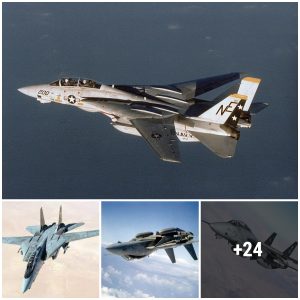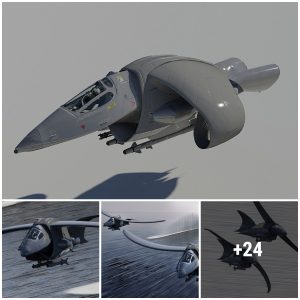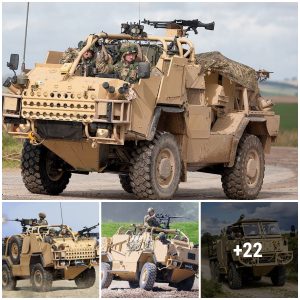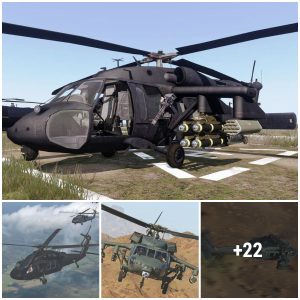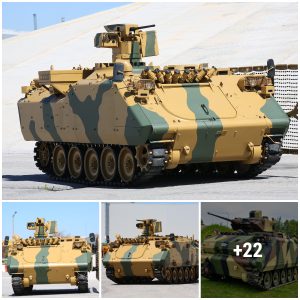Called the Russian “Night Hunter,” the new Mi-28NM is built with modernized engines, a new fuselage and an auxiliary power plant able to support next-generation onboard networking and electronic warfare systems.
Here’s What You Need to Remember: The Russian paper also makes vague references to the helicopter’s communications systems and “network-centric” capabilities and its ability to enable aircraft to “interact in a group.”
A Russian newspaper claims the country’s new combat helicopter gunship contains breakthrough technology to the point wherein its weapons, drone connectivity, communications networking, sensors and long-range targeting enable it to attack successfully from “outside of the enemy’s effective air defenses.”
Called the Russian “Night Hunter,” the new Mi-28NM is built with modernized engines, a new fuselage, and an auxiliary power plant able to support next-generation onboard networking and electronic warfare systems.
“The Mi-28NM’s onboard armament allows it to detect and destroy enemy targets round the clock and in any weather conditions while operating outside of the enemy’s effective air defenses,” Vitaly Shcherbina, the Chief Designer of the Combat Helicopters Program at Rostec, reportedly told TASS.
Shcherbina also explained that the layout of the chopper’s fuselage has been newly configured to integrate new targeting sights. The report also makes unspecified statements about the aircraft’s defensive aids suite, claiming it can defeat an enemies “ground and airborne air defense systems.” It does not seem at all clear what this might mean, as it seems extremely unlikely that even an extremely advanced helicopter with a new generation of sensors and countermeasures would be able to all air defenses, given that helicopters fly at lower altitudes and have structural limitations regarding how stealthy they can be.
Also, perhaps of greatest significance, the Russian paper also makes vague references to the helicopter’s communications systems and “network-centric” capabilities and its ability to enable aircraft to “interact in a group.”

While the report offers little to no actual technologies or weapons applications in a discernable or clear way, it does make reference to the often emphasized sphere of networking concepts. “Network-centric methods of weapons’ control on the battlefield,” the article claims, can reduce latency, expedite targeting and “get information on the enemy and friendly forces in a secure jam-resistant mode.”
There are several interesting aspects to this, including the use of drones for manned-unmanned networking and, in a fashion quite similar to U.S. conceptual thinking about networks, massively reduce sensor-to-shooter time. This reference to networking and group or “meshed” information sharing across multiple combat “nodes” in real time closely mirrors cutting edge U.S. thinking on modern war, a circumstance which leads one to wonder if Russian innovators are truly gaining breakthrough traction with new, secure networking technologies or simply copying the current U.S. strategy.

The answer to this may reside amid a series of unknowns, such as the actual specifics of the new weapons, countermeasures and networked sensors incorporated into the new Russian helicopter. Perhaps Russia is emulating or seeking to replicate U.S. strategic and tactical thinking. But is the technology truly there to bring it to operational effect ahead of the United States?

OLYMPUS DIGITAL CAMERA
Kris Osborn is the defense editor for the National Interest. Osborn previously served at the Pentagon as a Highly Qualified Expert with the Office of the Assistant Secretary of the Army—Acquisition, Logistics & Technology. Osborn has also worked as an anchor and on-air military specialist at national TV networks. He has appeared as a guest military expert on Fox News, MSNBC, The Military Channel, and The History Channel. He also has a master’s degree in Comparative Literature from Columbia University.
